N-Type vs. P-Type Solar Panels: Understanding the Difference and Choosing the Best for Your Needs
The quest for renewable energy sources has never been more critical than it is today, with solar energy at the forefront of this movement. Solar panels, or photovoltaic (PV) modules, are pivotal in harnessing the sun's power, transforming it into clean, sustainable electricity for a variety of applications. However, not all solar panels are created equal. Within the vast array of solar PV modules available on the market, N-type and P-type solar panels emerge as significant categories, each with distinct characteristics, advantages, and applications. This comprehensive guide delves into the differences between N-type and P-type solar panels, aiming to arm you with the knowledge to make an informed decision.
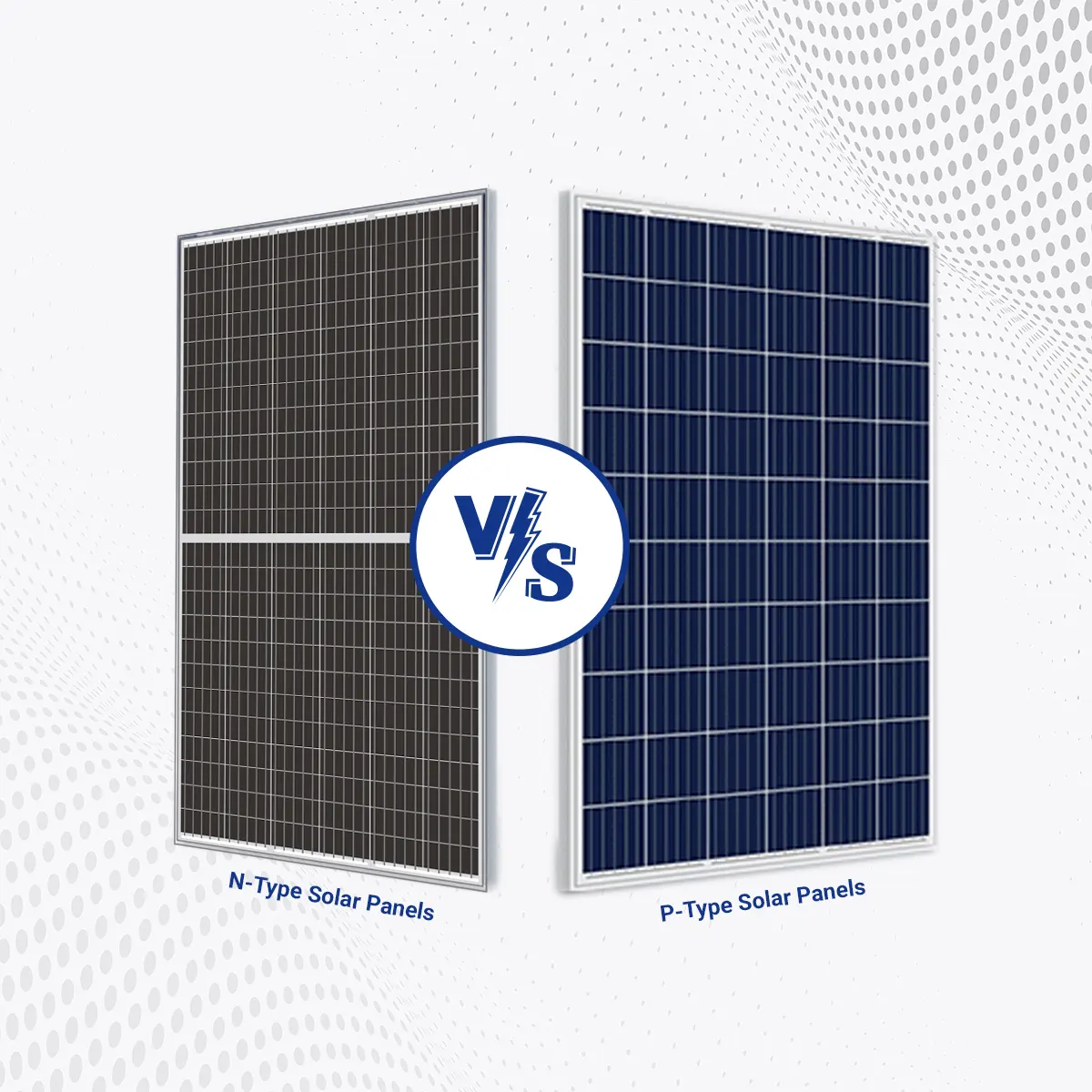
Introduction to Solar PV Modules
Before diving into the specifics of N-type and P-type solar panels, it's crucial to understand the basics of solar PV modules. At their core, solar panels consist of multiple solar cells connected together, which convert sunlight into electricity. This process, known as the photovoltaic effect, is what makes solar energy a key player in the renewable energy landscape. Over the years, solar technology has evolved, leading to enhanced efficiency, durability, and affordability, thereby increasing the accessibility of solar energy across the globe.
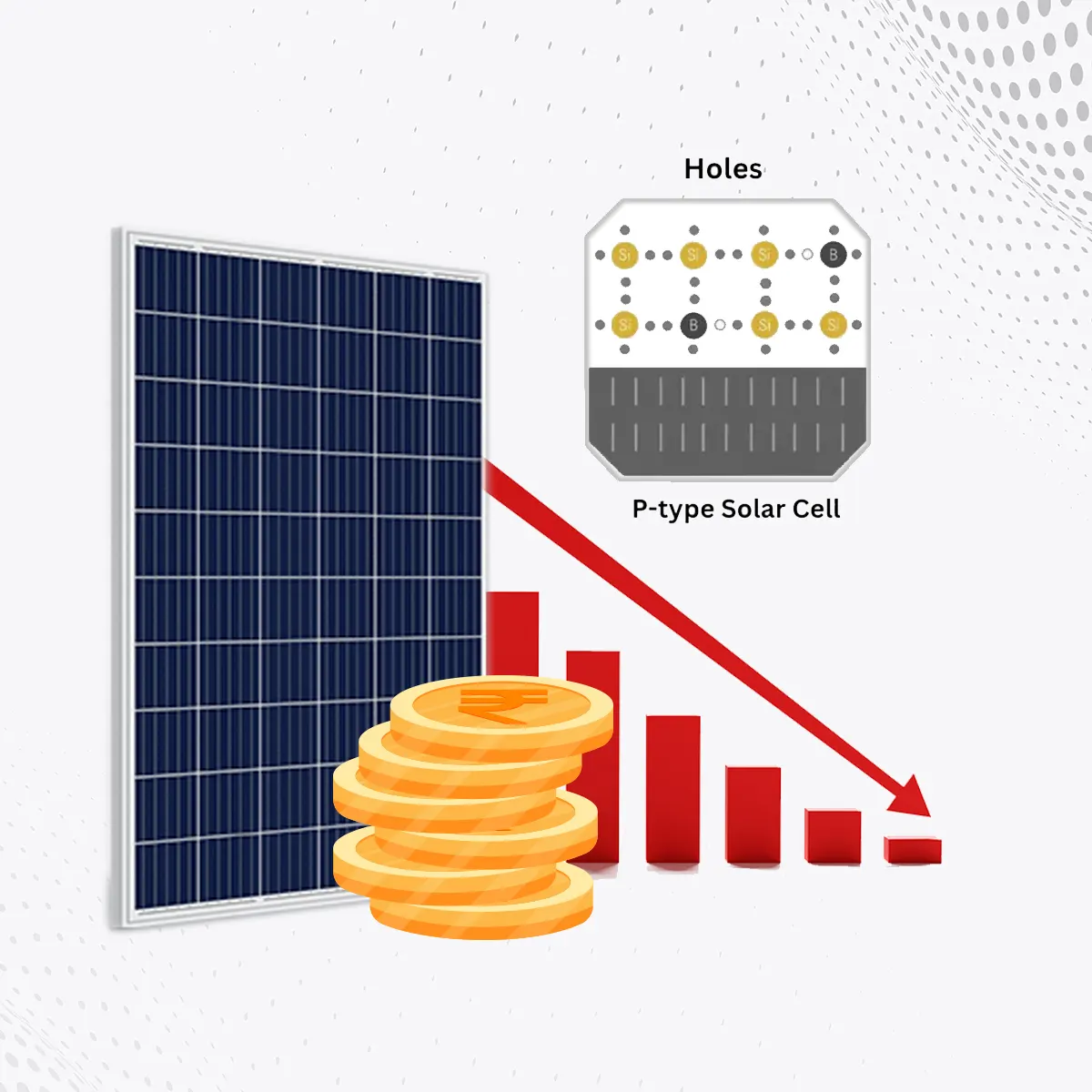
P-Type Solar Panels: The Traditional Choice
P-type solar panels have dominated the market for decades, thanks to their reliability and cost-effectiveness. The "P" in P-type stands for Positive, referring to the positive charge of the boron-doped silicon used in these solar cells. This traditional solar cell technology leverages a silicon base where the majority of carriers are positive holes.
Advantages of P-Type Solar Panels
Cost-Effectiveness: P-type cells are generally less expensive to produce than their N-type counterparts, making them a popular choice for both residential and commercial applications.
Proven Reliability: With a longer track record in the market, P-type solar panels have established a reputation for reliability and durability over the years.
Wide Availability: Given their longstanding presence, P-type panels are widely available from numerous solar module manufacturers worldwide.
Limitations
Lower Efficiency: P-type cells typically exhibit slightly lower efficiency rates compared to N-type cells, due to a higher susceptibility to light-induced degradation (LID).
Degradation Issues: P-type solar panels are more prone to boron-oxygen-related degradation, which can impact their long-term performance.
N-Type Solar Panels: The Efficiency Front-Runners
N-type solar panels represent a more recent advancement in solar technology. The "N" stands for Negative, indicating the use of phosphorus-doped silicon, which imparts a negative charge to the solar cells. This type of solar panel is known for its higher efficiency and superior performance in converting sunlight into electricity.
Advantages of N-Type Solar Panels
Higher Efficiency: N-type solar cells typically offer higher efficiency rates, due to their lower rate of light-induced degradation and better performance under high temperatures.
Less Degradation: These panels are less susceptible to the types of degradation that affect P-type panels, making them more durable over time.
Improved Performance: N-type solar panels perform better in low-light conditions and maintain their efficiency for a longer period.
Limitations
Higher Cost: The advanced manufacturing processes of N-type solar cells result in higher costs compared to P-type cells.
Lesser Track Record: Although rapidly gaining in popularity, N-type solar panels have a shorter market history than P-type panels, which might concern some buyers about long-term reliability.

Choosing Between N-Type and P-Type Solar Panels
| Characteristics | N-Type Solar Panel | P-Type Solar Panel |
|---|---|---|
| Light-Induced Degradation (LID) | Absence of LID related to manufacturing flaws | LID causing up to 10% efficiency loss due to boron-oxygen defects |
| Efficiency of Solar Panel | 25.7% efficiency rate | 23.6% efficiency rate |
| Costs of Manufacturing | Marginally elevated compared to P-type | Conventional production costs |
| Warranty for the Product | Guaranteed for 20 years | Guaranteed for 12 years |
| Warranty Against Power Degradation | Guaranteed for 30 years | Guaranteed for 25 years |
Utilization and Future Directions
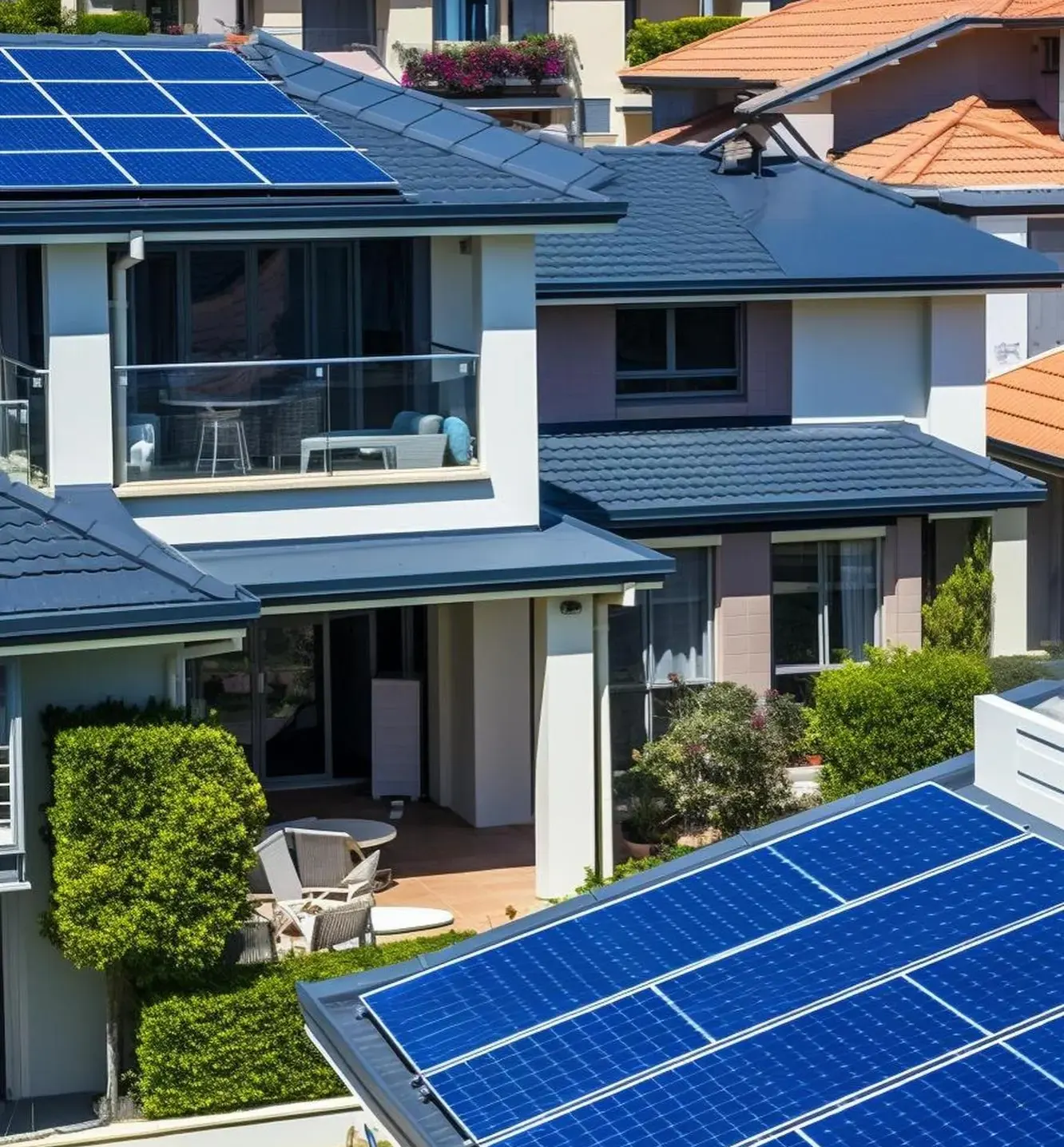
Residential and Business Applications
Both N-Type and P-Type solar panels are utilized in settings ranging from homes to businesses. The longstanding presence and affordability of P-Type panels have cemented their status in these sectors. Yet, the quest for superior efficiency and enhanced power output has catalyzed a shift towards N-Type panel integration, especially in scenarios where quality and performance outweigh the concern for upfront expenditures.
Large-Scale and Utility Projects
In the realm of expansive solar endeavors and utility-scale projects, N-Type panels are becoming increasingly favored. Their superior efficiency and the promise for heightened energy production render them an appealing choice for those aiming to maximize electrical output and achieve better investment returns in extensive solar infrastructure.

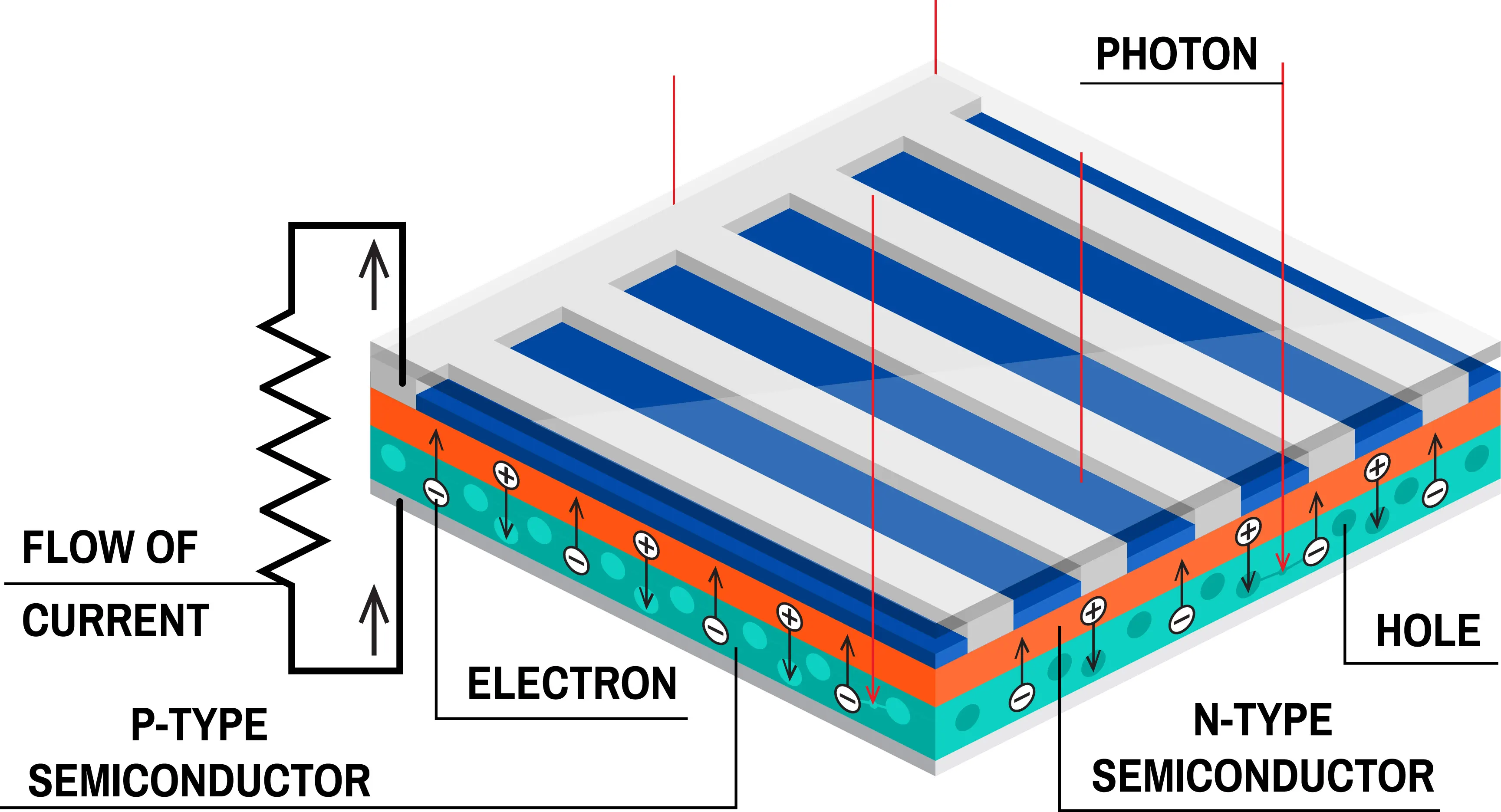
Advances in Technology and Exploration
The push for augmented efficiency in N-Type solar panels continues, spurred by research and innovation. Technologies like passivated emitter and rear cell (PERC) designs, bifacial N-Type cells, and tandem solar cells that incorporate N-Type technology are at the forefront of promising efficiency enhancements. Collaborative efforts among academia, production entities, and the broader solar sector are pivotal in driving the evolution of N-Type solar panel technology, aiming to realize its utmost potential.
Spotlight on Solar PV Module Manufacturers in India
India has emerged as a hub for solar energy, with numerous solar PV module manufacturers contributing to the global and domestic solar markets. Indian manufacturers are at the forefront of solar technology, offering a wide range of solar modules, including both N-type and P-type panels, tailored to meet diverse energy needs. PIXON is leading the charge, providing innovative solar solutions that cater to the growing demand for renewable energy sources in India and beyond.
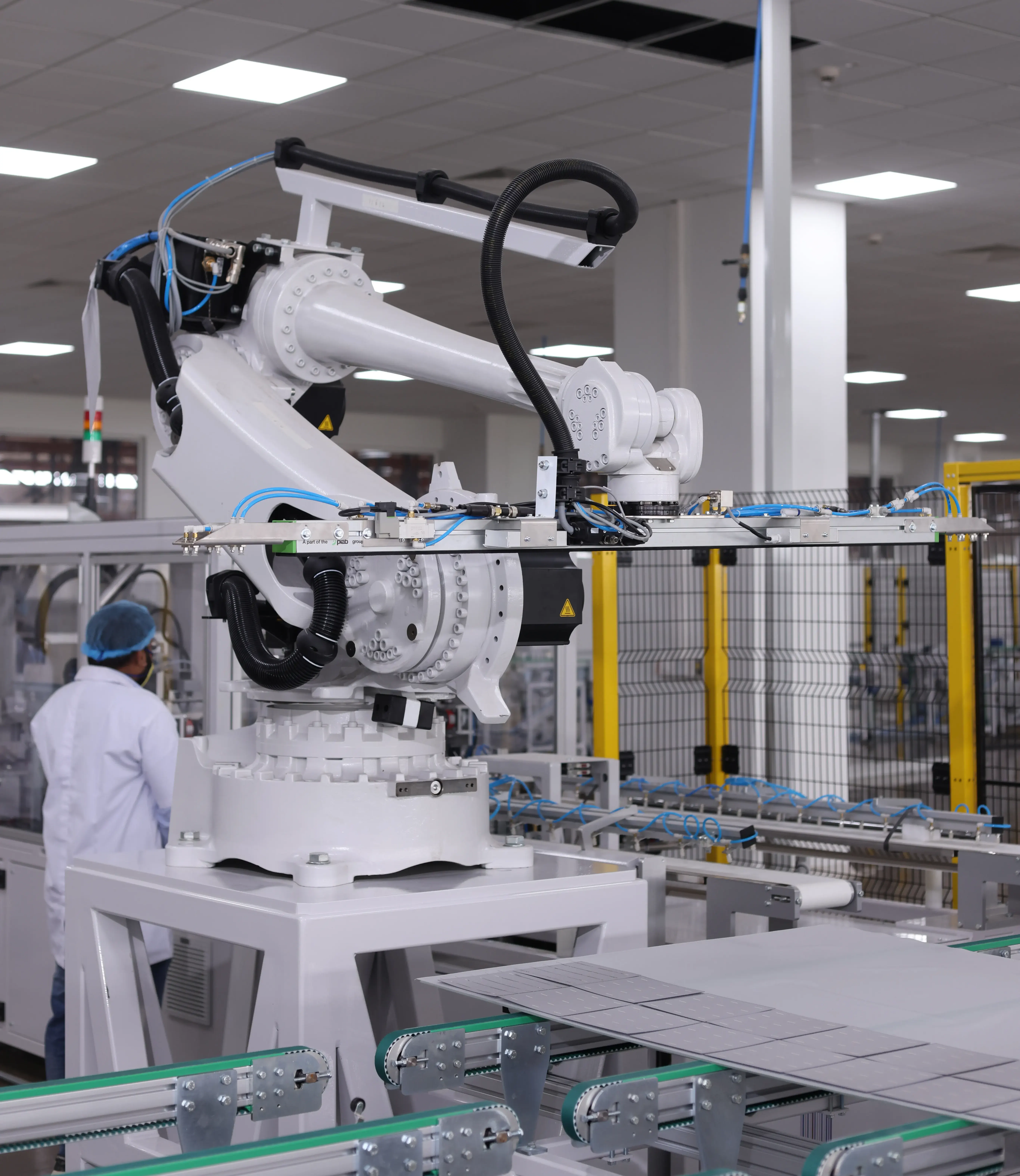
Wrapping Up
The journey towards a sustainable energy future is paved with innovations like N-type and P-type solar panels. Understanding the differences between these two types of solar PV modules is crucial for making informed decisions that align with your energy goals. Whether you're leaning towards the efficiency and longevity of N-type panels or the cost-effectiveness and reliability of P-type panels, it's clear that solar energy holds the key to a cleaner, greener planet. As the solar industry continues to evolve, the role of solar panel manufacturers and solar module manufacturers, especially those in India, will be instrumental in shaping the future of renewable energy worldwide.